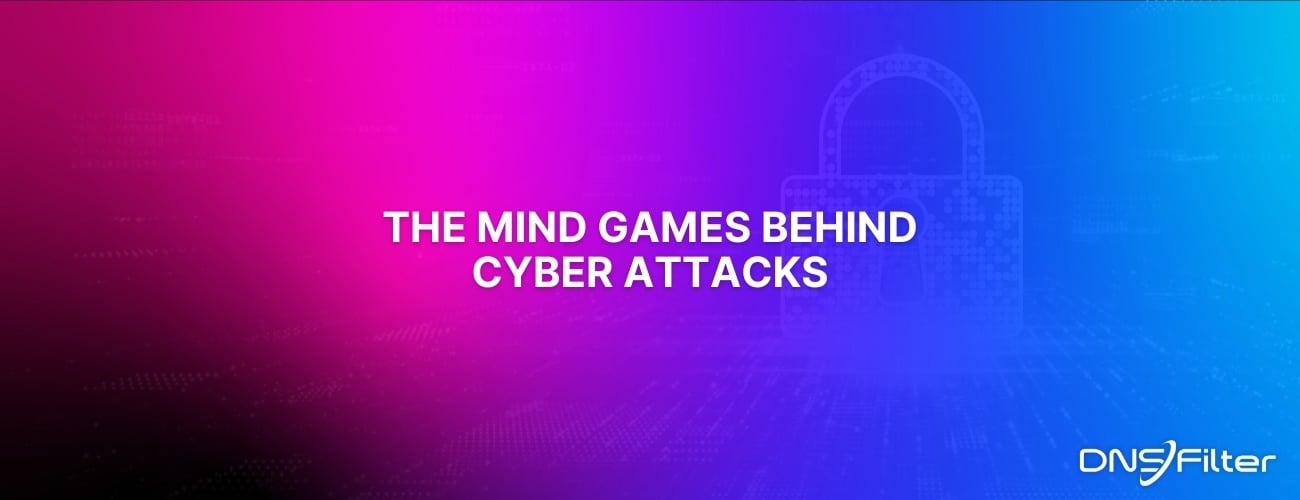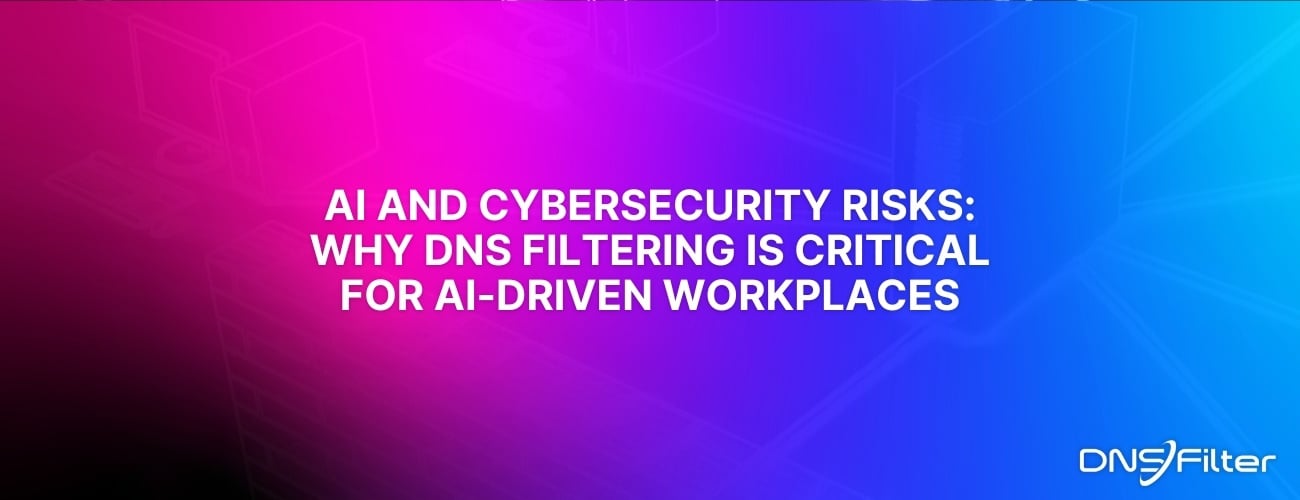Share this
Are Simulated Phishing Tests the Best Phishing Prevention?
by Mike de Libero on Jan 17, 2025 9:00:00 AM
Phishing attacks continue to be a prevalent threat to organizational security, exploiting human vulnerabilities rather than technical weaknesses. In fact, DNSFilter saw phishing attempts increase across our network by 203% YoY in 2024.
In response to this ongoing threat, many organizations implement simulated phishing tests as a training tool to educate employees about these risks. While these tests have their merits, relying solely on them can create a false sense of security and miss crucial opportunities to foster a robust security culture.
Let’s be clear: Simulated phishing tests are not inherently bad. They serve a purpose in raising awareness and providing a baseline understanding of phishing tactics. However, the problem arises when organizations over-rely on these tests as their primary defense against phishing attacks. Here’s why this approach falls short and what we should consider instead.
The Limitations of Simulated Phishing Tests
- Limited Effectiveness: Simulated tests often fail to accurately replicate real-world phishing scenarios. They can become predictable over time, allowing employees to identify them based on familiar patterns rather than true vigilance.
- False Sense of Security: Successfully completing simulated tests doesn’t necessarily translate to enhanced awareness in real situations. In fact, this study by ETH Zurich found that simulated phishing tests may actually make employees more susceptible to phishing.
- Fear of Consequences: When employees fear reprisal for clicking on a simulated phishing link, they may hesitate to report genuine security concerns or admit mistakes. This reluctance can hinder early detection and mitigation of actual threats.
Building a Stronger Security Culture
Instead of focusing predominantly on simulated phishing tests, organizations should cultivate a more open and proactive security culture. Here’s how:
- Encourage Reporting: Establish an environment where employees feel safe to report suspicious emails or security incidents without fear of blame or punishment. This openness fosters quicker response times and better overall security posture.
- Education Beyond Simulations: Provide comprehensive training that goes beyond simulated tests. Include real-world examples of phishing emails received by employees (with sensitive information redacted) to illustrate current threats and tactics.
- Implement Effective Controls: Invest in robust security controls such as Endpoint Detection and Response (EDR), continuous monitoring, and strong email filtering with phishing detection capabilities. These measures provide layered defenses that complement employee awareness efforts.
Moving Forward
Simulated phishing tests should be viewed as one tool among many in a holistic security strategy, rather than a panacea for phishing prevention. By emphasizing a collaborative approach to security and investing in both technical defenses and employee education, organizations can better mitigate the risks posed by phishing attacks.
All in all, while simulated phishing tests have their place, they should not overshadow the broader goal of building a resilient security culture. By fostering an environment where security is everyone’s responsibility and mistakes are seen as learning opportunities rather than failures, organizations can significantly enhance their defenses against phishing and other cyber threats.
Share this
 Artificial Intelligence in Cybersecurity
Artificial Intelligence in Cybersecurity
The term “artificial intelligence (AI)” was first coined in 1956. While progress stalled for many years, we can thank IBM for sparking real interest in AI as viable technology: First in 1997 when the computer Deep Blue defeated a chess champion and again in 2011 when Watson won Jeopardy!
 The Mind Games Behind Cyber Attacks
The Mind Games Behind Cyber Attacks
Hackers have long understood that the most sophisticated firewall is no match for a well-placed psychological trick. While many focus on the technical prowess of cybercriminals, the real magic often lies in their ability to manipulate human behavior. By exploiting our natural tendencies and cognitive biases, hackers can slip past even the most robust security systems. It's not just about cracking codes; it's about cracking the human psyche.
 AI and Cybersecurity Risks: Why DNS Filtering is Critical for AI-Driven Workplaces
AI and Cybersecurity Risks: Why DNS Filtering is Critical for AI-Driven Workplaces
Artificial intelligence is transforming business operations, automating everything from customer service to data analysis. But with these advancements come new security challenges. AI-driven cyber threats are becoming more sophisticated, enabling attackers to automate phishing campaigns, generate malware, and exfiltrate sensitive data at scale. Without proper safeguards, AI tools can unintentionally leak corporate secrets or connect to malicious ...


